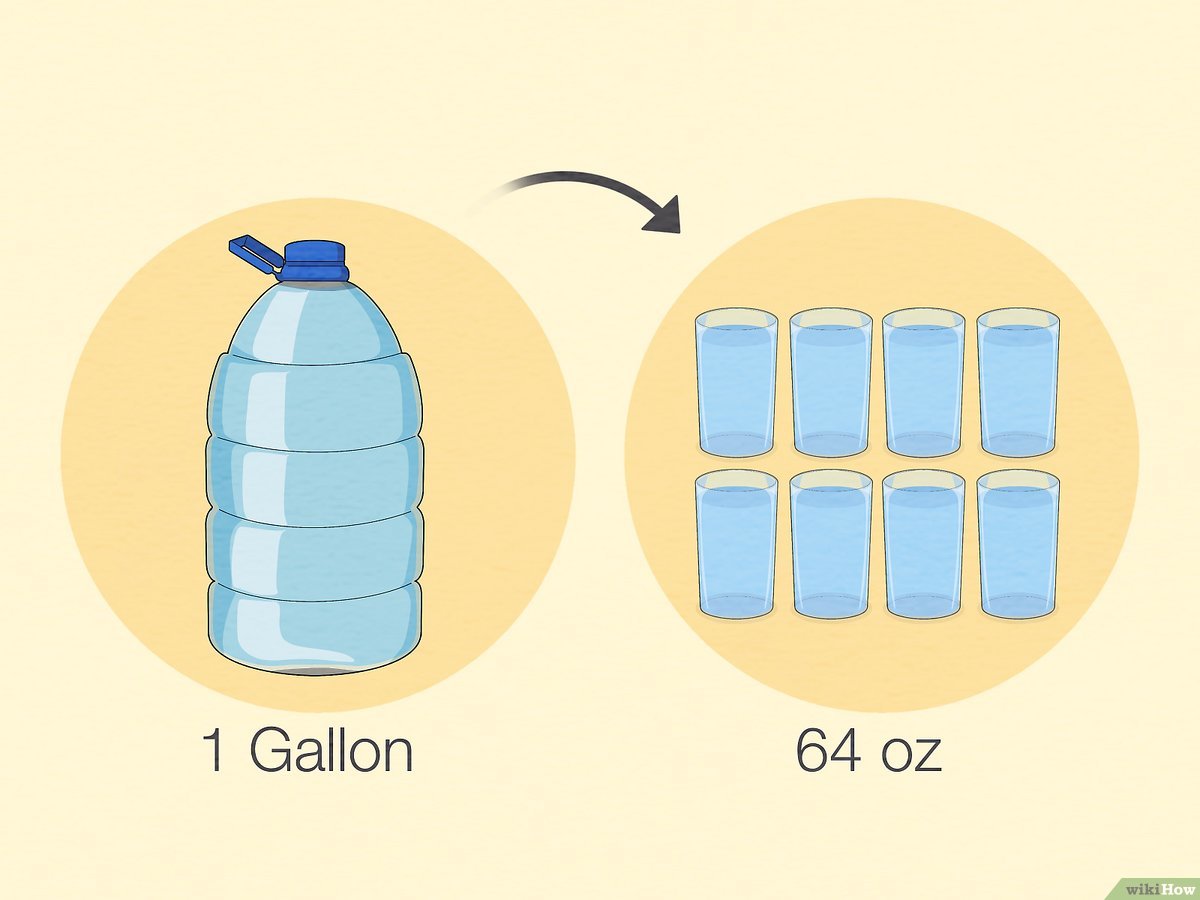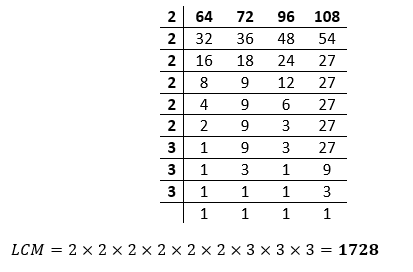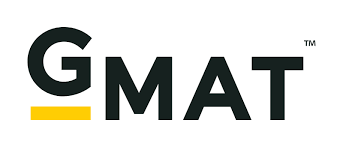Fluid Math: How to Convert Ounces to Gallons Like a Pro

Understanding the relationship between ounces and gallons is crucial in various everyday scenarios, from cooking and recipe measurements to tracking fluid intake and fuel consumption. This article aims to provide a comprehensive guide to help you navigate these conversions and avoid common mistakes. By delving into the basics, conversion factors, practical applications, and available tools, you will gain a solid grasp of how many ounces are in a gallon.
Table of Contents
Understanding the Basics:
To start, let’s define what an ounce and a gallon are in the context of measurements. An ounce can refer to both weight and volume, but for our purposes, we’ll focus on fluid ounces. A fluid ounce represents a unit of volume commonly used to measure liquids. It is essential to distinguish this from weight ounces, which measure mass. On the other hand, a gallon is a unit of measurement primarily used to quantify liquids. Understanding these distinctions is fundamental to accurate conversions.
Conversion Factors:
Now that we have clarified the basics, let’s explore the conversion factors between fluid ounces and gallons. When converting fluid ounces to gallons, it’s important to know the conversion ratio. One gallon is equivalent to 128 fluid ounces. Therefore, to convert fluid ounces to gallons, divide the number of fluid ounces by 128. For instance, if you have 256 fluid ounces, dividing it by 128 gives you 2 gallons. Understanding this step-by-step process ensures accuracy in your conversions.
On the other hand, if you need to convert gallons to fluid ounces, you’ll use the reverse conversion ratio. Multiply the number of gallons by 128 to determine the equivalent number of fluid ounces. For example, if you have 3.5 gallons, multiplying it by 128 yields 448 fluid ounces. Remembering this straightforward calculation helps you convert gallons to fluid ounces effortlessly.
Conversion in Other Systems of Measurement:
Apart from the U.S. customary system, which includes fluid ounces and gallons, other measurement systems utilize different units. In the metric system, the conversion between ounces and gallons is slightly more complex. Instead of fluid ounces, liters are used as the primary unit for measuring liquids. One gallon is approximately equivalent to 3.785 liters. Therefore, to convert fluid ounces to gallons in the metric system, divide the number of fluid ounces by 33.814. Conversely, to convert gallons to fluid ounces, multiply the number of gallons by 33.814.
Another system that uses different units for liquid measurement is the imperial system. In this system, pints and quarts are commonly used. One gallon is equivalent to 8 pints or 4 quarts. Understanding these relationships allows for seamless conversions between ounces and gallons within the imperial system.
Practical Applications:
Knowing how many ounces are in a gallon proves invaluable in various practical scenarios. For instance, when cooking, recipe measurements often include fluid ounces. If a recipe calls for a specific number of fluid ounces, understanding the equivalent in gallons allows for accurate adjustments. Additionally, being able to convert measurements helps when scaling recipes for different serving sizes.
Understanding fluid intake is another area where knowledge of ounces and gallons is beneficial. A common recommendation for daily water consumption is to drink eight 8-ounce glasses, amounting to one gallon. By tracking your fluid intake, you can ensure you meet your hydration goals for optimal health.
In terms of fuel consumption, understanding the conversion between gallons and ounces enables accurate calculations. Whether tracking your vehicle’s mileage or calculating fuel efficiency, converting gallons to ounces helps paint a clearer picture of your fuel usage.
Common Conversion Mistakes:
Conversions can be prone to errors, so let’s address common mistakes to avoid. One frequent pitfall is confusing weight ounces with fluid ounces. Remember, fluid ounces measure volume, while weight ounces measure mass. Paying attention to the context of the measurement prevents mixing up these units.
Another common mistake is misinterpreting metric conversions between ounces and liters or milliliters. While the conversion factor for fluid ounces to liters is approximately 29.574, keep in mind that milliliters are even more precise, with one fluid ounce equaling 29.5735 milliliters. Double-checking the conversion factors can save you from inaccuracies.
Conversion Tools and Resources:
To facilitate accurate conversions, several tools and resources are available. Online conversion calculators provide a convenient way to determine how many ounces are in a gallon, whether in the U.S. customary or metric system. These calculators often allow you to input the measurement type and value, providing instant and accurate results. Step-by-step guides are usually provided to assist users in utilizing these tools effectively.
For those who prefer offline references, conversion charts and tables can be invaluable resources. These printable references offer a comprehensive range of conversion factors, allowing quick and easy access to the desired measurements. Whether in the kitchen or on the go, having conversion charts on hand ensures accuracy in your conversions.
Conclusion:
Understanding how many ounces are in a gallon is vital for various practical applications, from cooking and recipe measurements to tracking fluid intake and fuel consumption. By grasping the basics, mastering the conversion factors, and utilizing the available tools and resources, you can confidently navigate these conversions. Remember to differentiate between weight and volume ounces, account for different systems of measurement, and avoid common conversion mistakes. With this knowledge, you’ll be able to effortlessly convert between ounces and gallons, making informed decisions and achieving accurate measurements in everyday life.






